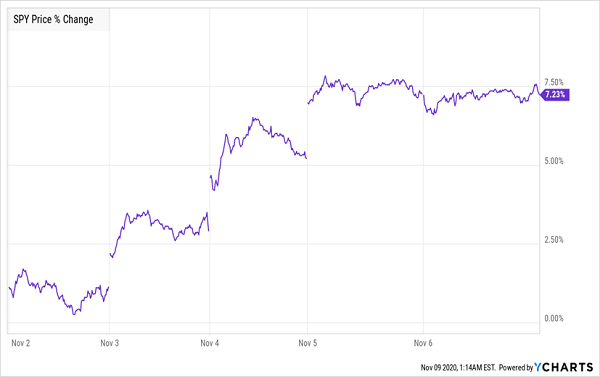If you’re like most people these days, you’re desperately searching for any kind of meaningful dividend stream.
Finding one is no easy task. The S&P 500, after all, yields 1.5%, on average. Treasuries? With their 0.9% yields, they’re not even worth talking about.
With the old income go-tos off the table, plenty of folks are looking further afield. Some are boosting their holdings of high-yield bonds through exchange-traded funds like the SPDR Bloomberg Barclays High Yield Bond ETF (JNK). Others are going with more esoteric investments, like high-yielding business development companies (BDCs), which you can tap through the UBS Etracs Business Development Company ETN (BDCS).… Read more


Recent Comments